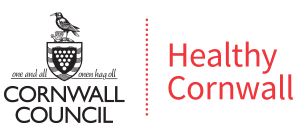Ensure a skilled workforce
Ensuring staff have the confidence and competence to offer high quality experiences of both physical education and physical activity across the school/college day.
How to achieve this:
- All staff are aware of the importance and benefits of PA and know the key recommendations - include PA infographic from link
- Join the Youth Sport Trusts Well Schools Movement
- Level 5/6 – Primary School PE Specialism and PE Subject Leadership
- Train young leaders to run physical activity during playtimes, lunchtimes and after school
Further Information:
All staff are aware of the importance and benefits of PA and know the key recommendations - include PA infographic from link
- How do staff encourage physical activity through role modelling?
- Do you offer and promote different opportunities for staff to be active?
- Collaborate with local services in the community where possible
- Create a supportive environment and organise friendly phsyical activity challenges.
- Can you incorporate physical activity into professional development? e.g. integrating PA into staff training
- Hold staff meetings/workshops around the importance of PA for themselves and children - provide information on ways to incorporate PA into daily routines
Helpful Resources:
Download the above infographic
Join the Youth Sport Trusts Well Schools Movement
- A Well School places just as much emphasis on health and wellbeing as it does on academic performance. It understands that children and young people are more effective learners when they are happy and healthy, and that they must take care of their staff and their pupils wellbeing to create a culture that allows everyone to reach their potential.
Helpful Resources:
Level 5/6 – Primary School PE Specialism and PE Subject Leadership
- The aim of the qualifications is to upskill primary colleagues to be able to assist (Level 5) or lead (Level 6) the delivery of high quality primary school PE.
Helpful Resources:
Train young leaders to run physical activity during playtimes, lunchtimes and after school
- Creating the workforce of the future can give children wider opportunities to be active, learn more and be the role models for the next generation.




